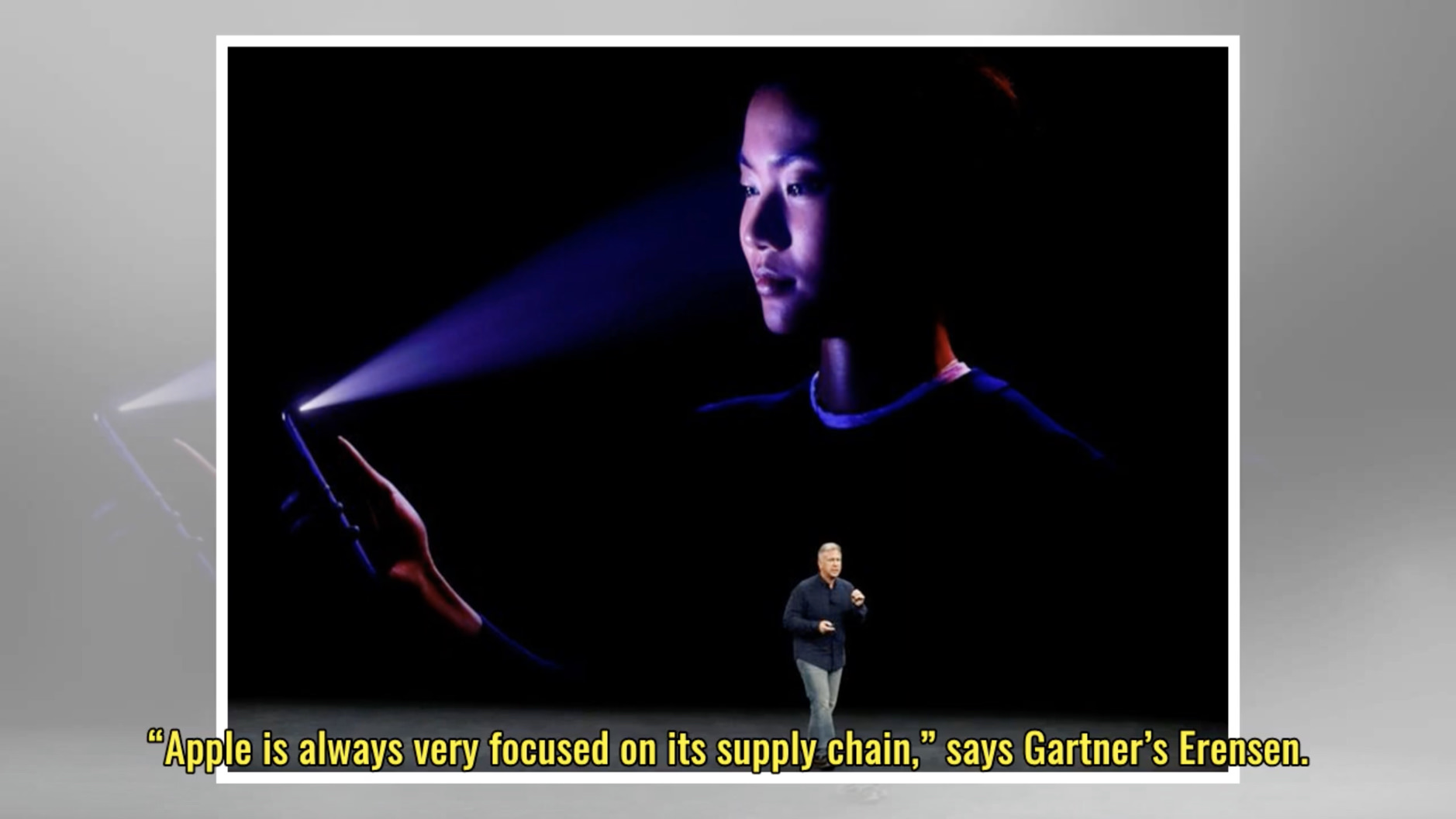„Apple grabs two-year lead in 3D sensing race“
Most Android phones will have to wait until 2019 to duplicate the 3D sensing feature behind Apple’s Face ID security, three major parts producers have told Reuters, handicapping Samsung and others on a technology that is set to be worth billions in revenue over the next few years.

➝ Video
Tim Cook, 2016: „Being the best, being the first, making the most. For Apple being the best is the most important, and trumps the other two by far. However, for other companies — some companies might look at that and say no, for me being the first is the most important. So I think the thing is to decide so that you have a north star.“
Der MP3-Player, das Smartphone, das Tablet oder die Smartwatch: Apple springt nicht selten auf einen bereits fahrenden Zug auf. Man kann sich gewiss darüber streiten, wie „late to the party“ Apple wirklich beim iPod, beim iPhone, dem iPad oder der Apple Watch war.
Richtig spät kam beispielsweise das Plus-Modell fürs iPhone. Der Trend zum großen Bildschirm in Telefonen etablierte sich rasant und Apple hatte ihr Produktlinie damals bereits festgeklöppelt.
Anders war es bei Touch ID und Face ID. Diese Technologien kamen im Vergleich mit der Konkurrenz nicht nur früh, sondern mit entsprechenden Kapazitäten für dessen Produktion – die eigentlich interessante Aussage aus dem aktuellen Reuters-Bericht:
“It is going to take them a lot of time, the Android-based customers, to secure capacity throughout the whole supply chain,” said Bill Ong, senior director of investor relations from Viavi, seen as the only major supplier of optical filters needed for the 3D sensing modules. […]
“Apple is always very focused on its supply chain,” says Gartner’s Erensen. “When it comes to new technologies like this and implementing them to new phones, it’s one of the ways that Apple can really can be aggressive, differentiate and take advantage of the position they have in the market.”
Sonam Rai und Stephen Nellis | Reuters